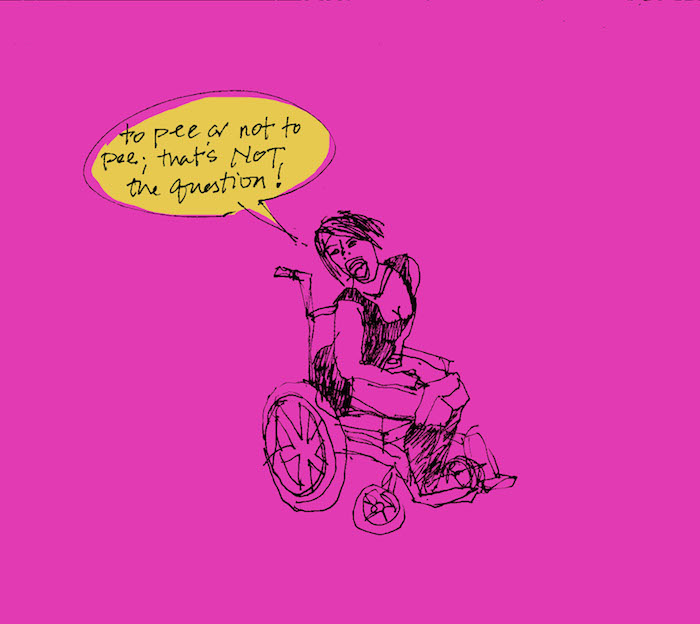"By recognizing that human-centered design is problematic in the way that it focuses on individuals, on consumers, we can recognize that we need a new framework to ask different questions."
product development
2016 Year in Review
on December 13th, 2016
Tech product decisions result in the constant alienation of diverse users.
Issue 43
on November 18th, 2016
I exist for men’s own sexual self-exploration, a freak without my own right to privacy or freedom from public shame, a resource for their own self-discovery -- that like all things in an on-demand world, they feel entitled to access at any time.
Issue 41
on September 6th, 2016
"We’re hoping it can change lives as well as movement and organizing work."
Issue 38
on June 22nd, 2016
Accessibility must be part of every aspect of business, part of the minimally viable product, a core part of how we approach the launch and growth of our platforms.
2015 Year in Review
on December 15th, 2015
Even though consequences are necessary to address the racism in technology, we have built a culture that refuses accountability.
Issue 29
on November 4th, 2015
Very often, specialized companies create assistive technology with little input from actual users with disabilities. These products are usually institutional in look and feel, overpriced, and only reimbursable by insurance.
Issue 27
on September 18th, 2015
Technology companies today are increasingly colonial in their actions. This can be seen in the veneer of sovereignty they seek to cultivate, how they work across borders, their use of dominant culture as a weapon, and the clear belief that “superior” technology is a suitable excuse for lawlessness, exploitation and even violence.







